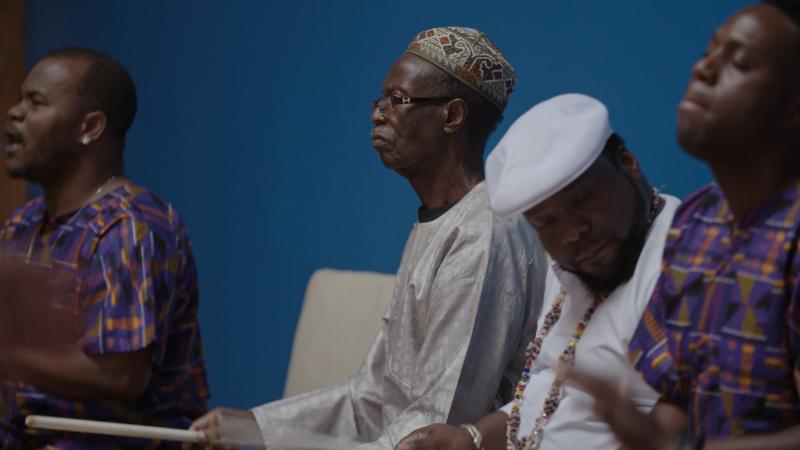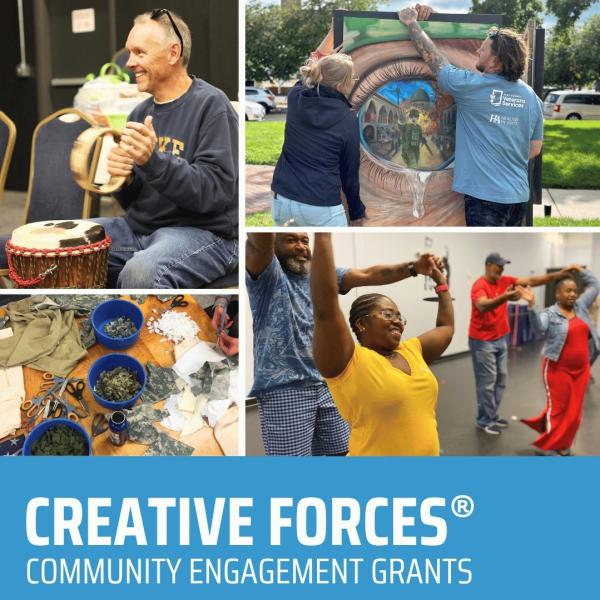National Endowment for the Arts Statement on the Death of National Heritage Fellow Zakarya Diouf

Zakarya Diouf playing with members of the Diamano Coura West African Dance Company
Photo credit: Hypothetical Films
Washington, DC—It is with great sadness that the National Endowment for the Arts acknowledges the passing of Dr. Zakarya Sao Diouf, recipient—along with his wife Naomi—of a 2020 NEA National Heritage Fellowship, the nation’s highest honor in the folk and traditional arts. Diouf was a culture bearer and artist from Senegal who contributed to the practice and performance of West African dance, drum, and culture in African diasporic communities for more than four decades.
In an interview during The Culture of America video tribute with the National Endowment for the Arts, Diouf explained the meaning behind the name of his dance company, Diamano Coura West African Dance Company: “I’m from Senegal. I’ve been in the United States since 1965. I came here, and I named my company Diamano Coura, which means those who bring the message. We’re all messengers.”
One of the first native-born Africans to begin teaching traditional Senegalese dance in the U.S., Diouf’s pioneering work in the preservation, presentation, and transmission of African culture contributed to the Bay Area’s reputation as a center for dance and music of the West African diaspora. Before immigrating to the U.S. in the 1960s, he led the Mali Dance Ensemble and served as artistic director of Les Ballet Africaines of Guinea and National Ballet of Senegal. In 1969, Diouf joined the faculty of Southern Illinois University and was invited to dance with the dancer and choreographer Katherine Dunham. He later earned a PhD in ethnomusicology from University of California, Berkeley.
In 1979, Diouf met his future wife Naomi and asked her to join his new dance company, Diamano Coura. Zakarya and Naomi relocated to the Bay Area in 1987, with Naomi becoming the artistic director of Diamano Coura. Established in 1975 at San Jose State University, Diamano Coura, or “those who bring the message” in the Wolof language, has a vast repertoire reflecting Senegal and Liberia as well as material originating in Mali, Guinea, Côte d’Ivoire, and the Gambia. They have featured dances of the Wolof, Serer, Kpellé, Kru, Vai, Gio, Lorma, Mandingo and Bassa ethnic groups, just to name a few. The result is a complex presentation and understanding of Africa through its diversity of peoples, languages, rituals, beliefs, clothing, and masks. The company has performed both nationally and internationally—including in Ghana, the Ivory Coast, Senegal, and Mali—and Zakarya and Naomi’s eight children are actively involved in the company.
Contact
NEA Office of Public Affairs
publicaffairs@arts.gov
202-682-5540




